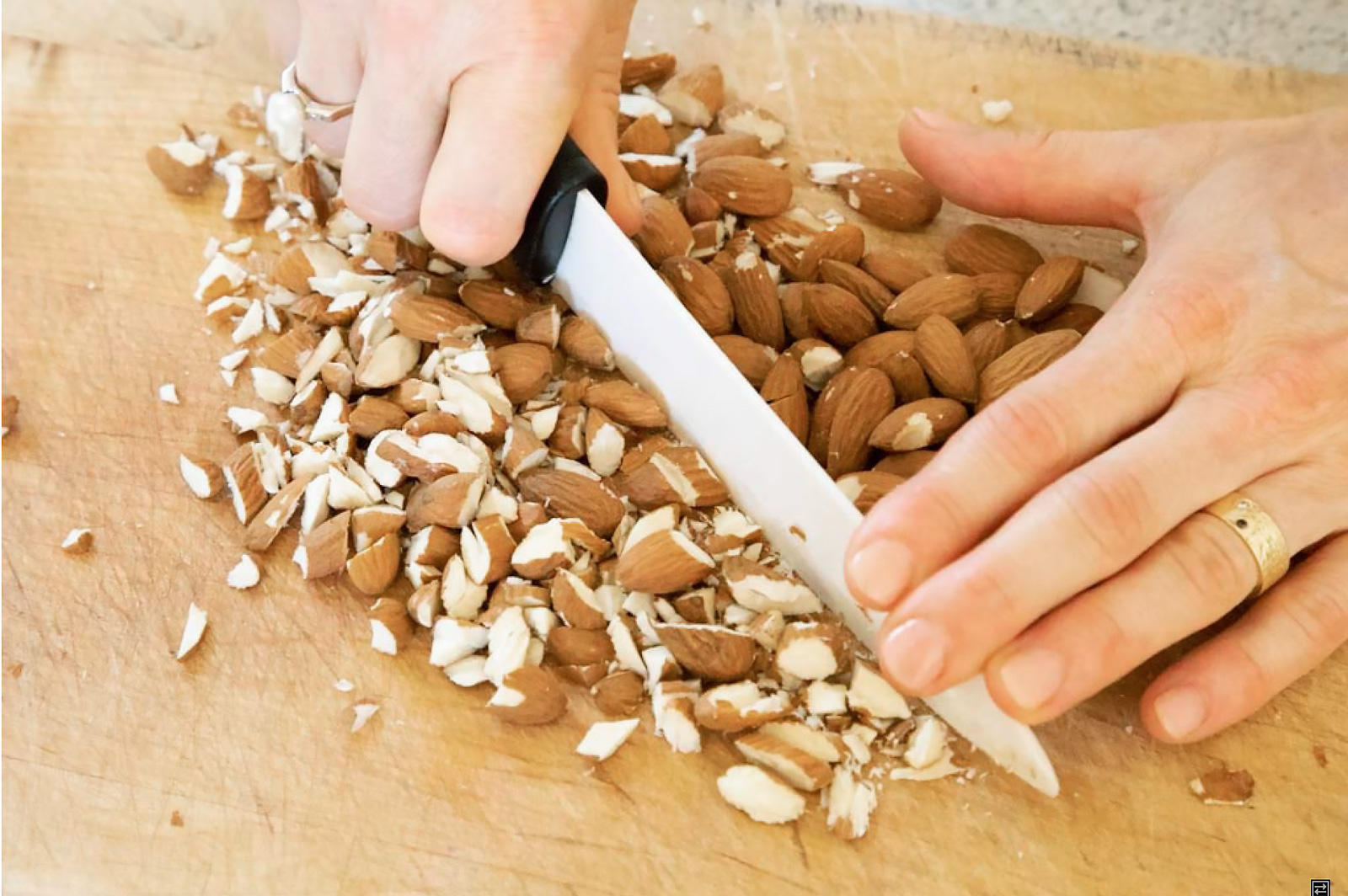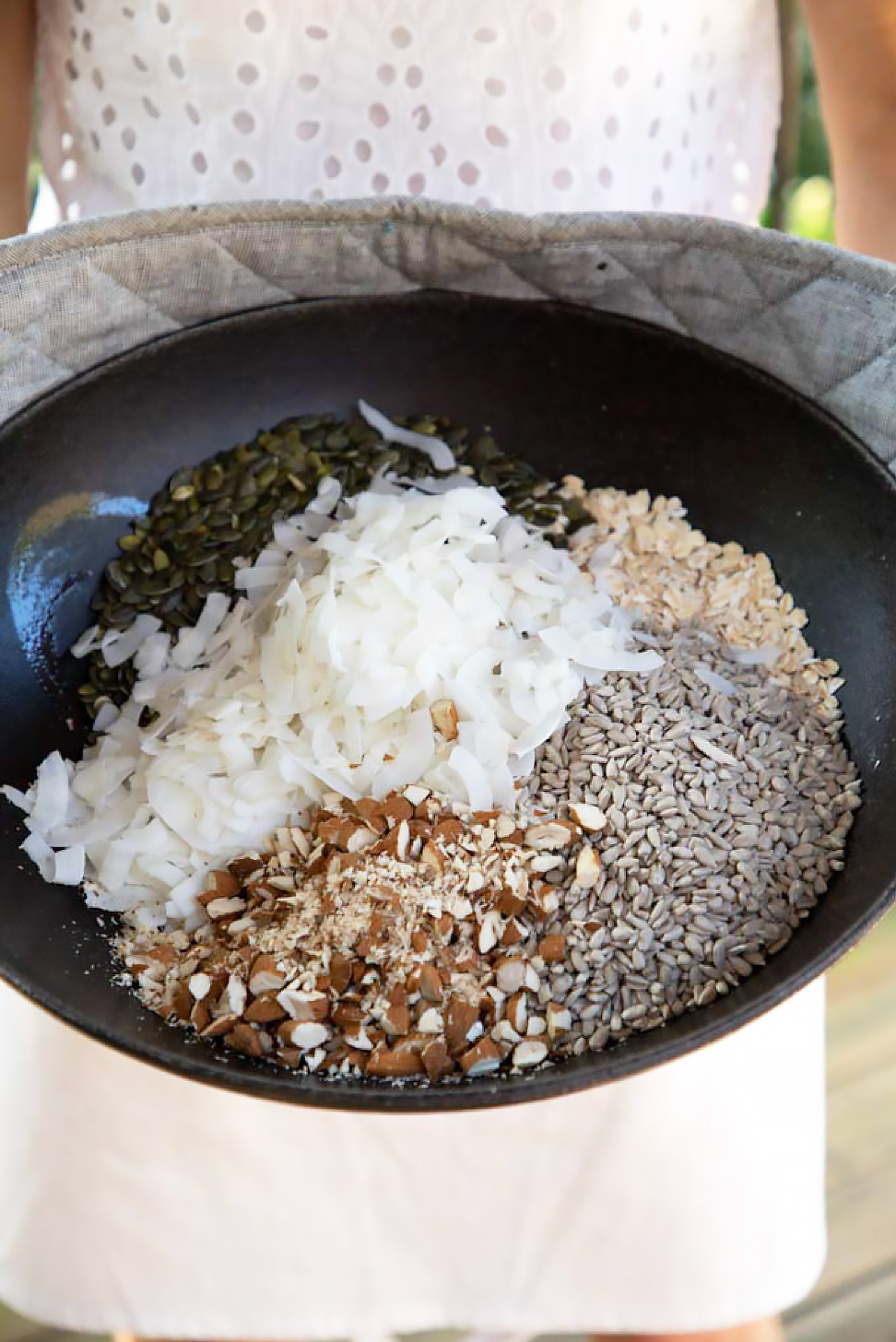Managing blood sugar and cholesterol levels is crucial for maintaining overall health, especially for individuals with conditions like diabetes or those at risk for heart disease. While Metformin has long been a standard medication for blood sugar control, natural compounds like berberine and milk thistle have gained attention for their potential benefits in this regard. In this review, we'll delve into the scientific evidence surrounding these three substances.
Berberine: Nature's Answer to Blood Sugar Regulation
Berberine is a naturally occurring compound found in various plants, including goldenseal, barberry, and Oregon grape. Over the years, research has uncovered its remarkable potential for improving blood sugar control and cholesterol levels.
Blood Sugar Regulation
Numerous studies have demonstrated berberine's ability to rival Metformin in regulating blood sugar levels. It achieves this through several mechanisms:
Improved Insulin Sensitivity: Berberine enhances the body's response to insulin, enabling cells to take up glucose more efficiently.
Reduced Hepatic Glucose Production: It suppresses glucose production in the liver, a key factor in maintaining steady blood sugar levels.
Increased Glucose Uptake: Berberine facilitates the uptake of glucose by cells, further contributing to glucose homeostasis.
Cholesterol Management
Beyond blood sugar control, berberine has shown promise in improving lipid profiles:
Lowered LDL Cholesterol: Studies indicate that berberine can lead to a significant reduction in LDL (low-density lipoprotein) cholesterol levels, the so-called "bad cholesterol."
Triglyceride Reduction: Berberine has been associated with decreased triglyceride levels, another critical component of cardiovascular health.
References: [1], [2], [3], [4]
Milk Thistle: Guardian of Liver Health with Potential Glycemic Benefits
Milk thistle, known for its active component silymarin, has long been recognized for its hepatoprotective properties. Recent studies have also hinted at its potential to influence blood sugar levels.
Liver Health and Detoxification
Milk thistle's primary reputation lies in supporting liver function. It exerts antioxidant effects, shielding the liver from damage and aiding in detoxification processes.
Glycemic Influence
While research on milk thistle's effects on blood sugar is still evolving, some studies suggest potential benefits:
Insulin Sensitizing Properties: Early studies indicate that milk thistle may enhance insulin sensitivity, contributing to better blood sugar control.
Glucose Metabolism Modulation: Silymarin, the active ingredient, may influence glucose metabolism, although further research is warranted.
References: [5], [6], [7]
Metformin: The Gold Standard in Blood Sugar Management
Metformin, a widely prescribed medication for type 2 diabetes, has a well-established track record in blood sugar regulation.
Mode of Action
Metformin primarily operates through:
Suppression of Hepatic Glucose Production: It reduces the liver's tendency to release excess glucose into the bloodstream.
Enhanced Insulin Sensitivity: Metformin improves the body's responsiveness to insulin, promoting glucose uptake by cells.
Delayed Carbohydrate Absorption: It can slow the absorption of carbohydrates from the digestive tract.
Established Efficacy
Numerous clinical trials have confirmed Metformin's effectiveness in managing blood sugar levels, making it a first-line treatment for type 2 diabetes.
References: [8], [9], [10]
Conclusion: A Holistic Approach to Blood Sugar and Cholesterol Management
While berberine and milk thistle show promise in blood sugar regulation and cholesterol management, they are not substitutes for prescribed medications like Metformin. Always consult a healthcare professional before making any changes to your treatment plan.
Incorporating natural compounds into a balanced lifestyle, along with regular exercise and a healthy diet, can be a valuable complement to conventional medical treatments. Together, these approaches contribute to a comprehensive strategy for maintaining optimal blood sugar and cholesterol levels.
Disclaimer: This article is for informational purposes only and is not a substitute for professional medical advice. Always consult your healthcare provider before starting any new supplements or medications.
References:
[1] Zhang, Y., Li, X., Zou, D. et al. (2008). Treatment of type 2 diabetes and dyslipidemia with the natural plant alkaloid berberine. Journal of Clinical Endocrinology & Metabolism, 93(7), 2559–2565.
[2] Kong, W., Wei, J., Abidi, P. et al. (2004). Berberine is a novel cholesterol-lowering drug working through a unique mechanism distinct from statins. Nature Medicine, 10, 1344–1351.
[3] Dong, H., Wang, N., Zhao, L. et al. (2012). Berberine in the treatment of type 2 diabetes mellitus: a systemic review and meta-analysis. Evidence-Based Complementary and Alternative Medicine, 2012, 591654.
[4] Wei, S., Zhang, M., Yu, Y., & Lan, X. (2015). Berberine attenuates development of the hepatic gluconeogenesis and lipid metabolism disorder in type 2 diabetic mice and in palmitate-incubated HepG2 cells through suppression of the HNF-4α miR122 pathway. PLoS ONE, 10(7), e0136100.
[5] Katiyar, S., Kumar, A., Agarwal, R., & Agarwal, C. (1992). Silymarin Inhibits cell-cycle progression in human skin carcinoma cells. Cancer Letters, 63(1), 39-48.
[6] Abenavoli, L., Capasso, R., Milic, N., & Capasso, F. (2010). Milk thistle in liver diseases: past, present, future. Phytotherapy Research, 24(10), 1423-1432.
[7] Huseini, H. F., Larijani, B., Heshmat, R., Fakhrzadeh, H., Radjabipour, B., & Toliat, T. (2006). The efficacy of Silybum marianum (L.) Gaertn. (silymarin) in the treatment of type II diabetes: a randomized, double-blind, placebo-controlled, clinical trial. Phytotherapy Research, 20(12), 1036-1039.
[8] Bailey, C. J., & Turner, R. C. (1996). Metformin. New England Journal of Medicine, 334(9), 574-579.
[9] UK Prospective Diabetes Study (UKPDS) Group. (1998). Effect of intensive blood-glucose control with metformin on complications in overweight patients with type 2 diabetes (UKPDS 34). The Lancet, 352(9131), 854-865.
[10] Inzucchi, S. E., Bergenstal, R. M., Buse, J. B., Diamant, M.,




























































